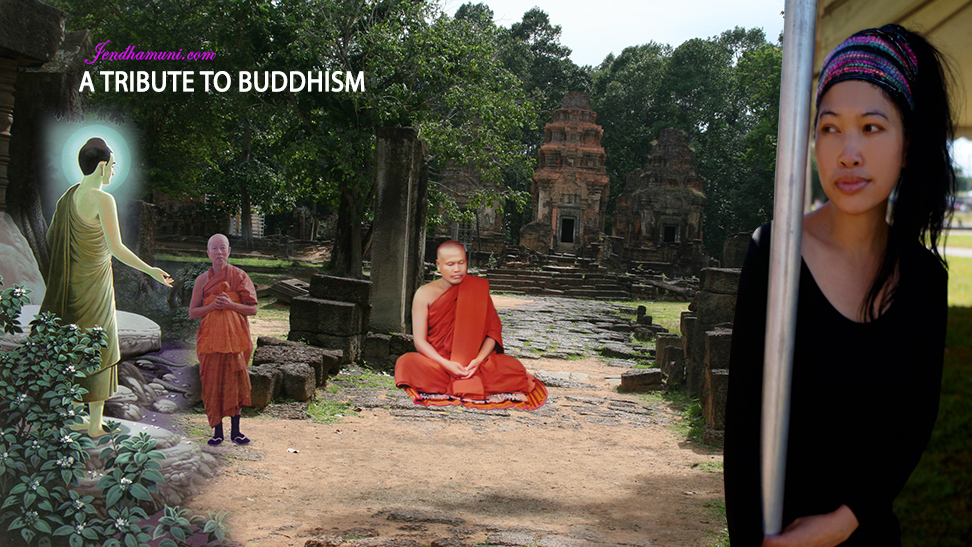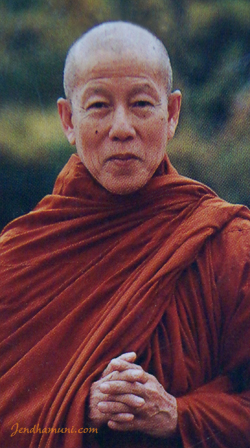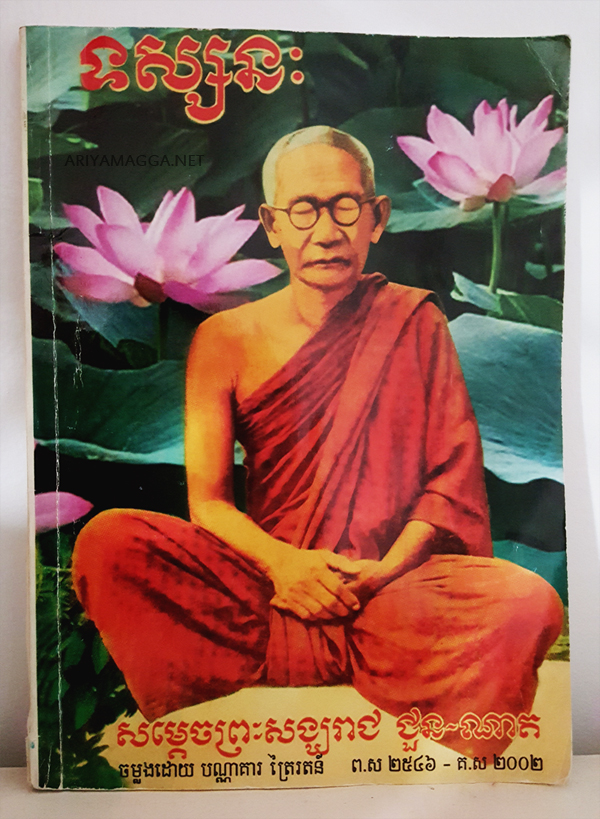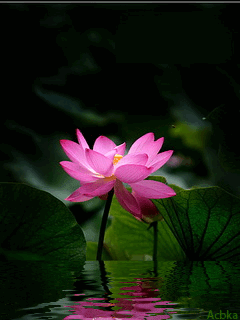
By Venerable Mahinda
The significance of Vesak lies with the Buddha and his universal peace message to mankind.
As we recall the Buddha and his Enlightenment, we are immediately reminded of the unique and most profound knowledge and insight which arose in him on the night of his Enlightenment. This coincided with three important events which took place, corresponding to the three watches or periods of the night.
During the first watch of the night, when his mind was calm, clear and purified, light arose in him, knowledge and insight arose. He saw his previous lives, at first one, then two, three up to five, then multiples of them .. . ten, twenty, thirty to fifty. Then 100, 1000 and so on…. As he went on with his practice, during the second watch of the night, he saw how beings die and are reborn, depending on their Karma, how they disappear and reappear from one form to another, from one plane of existence to another. Then during the final watch of the night, he saw the arising and cessation of all phenomena, mental and physical. He saw how things arose dependent on causes and conditions. This led him to perceive the arising and cessation of suffering and all forms of unsatisfactoriness paving the way for the eradication of all taints of cravings. With the complete cessation of craving, his mind was completely liberated. He attained to Full Enlightenment. The realisation dawned in him together with all psychic powers.
This wisdom and light that flashed and radiated under the historic Bodhi Tree at Buddha Gaya in the district of Bihar in Northern India, more than 2500 years ago, is of great significance to human destiny. It illuminated the way by which mankind could cross, from a world of superstition, or hatred and fear, to a new world of light, of true love and happiness.
The heart of the Teachings of the Buddha is contained in the teachings of the Four Noble Truths, namely,
The Noble Truth of Dukkha or suffering
The Origin or Cause of suffering
The End or Cessation of suffering
the Path which leads to the cessation of all sufferings

Meditation Master Toum Vachana
The First Noble Truth is the Truth of Dukkha which has been generally translated as ‘suffering’. But the term Dukkha, which represents the Buddha’s view of life and the world, has a deeper philosophical meaning. Birth, old age, sickness and death are universal. All beings are subject to this unsatisfactoriness. Separation from beloved ones and pleasant conditions, association with unpleasant persons and conditions, and not getting what one desires – these are also sources of suffering and unsatisfactoriness. The Buddha summarises Dukkha in what is known as the Five Grasping Aggregates.
Herein, lies the deeper philosophical meaning of Dukkha for it encompasses the whole state of being or existence.
Our life or the whole process of living is seen as a flux of energy comprising of the Five aggregates, namely the Aggregate of Form or the Physical process, Feeling, Perception, Mental Formation, and Consciousness. These are usually classified as mental and physical processes, which are constantly in a state of flux or change. Continue reading →



















